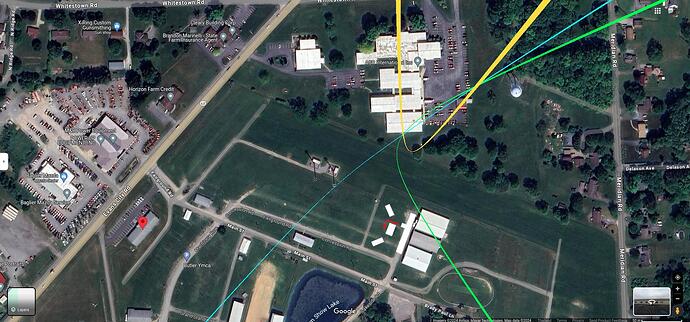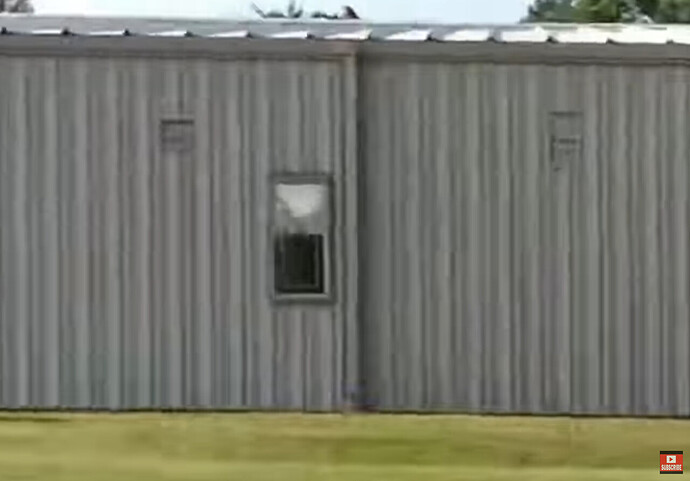For those who seem to be getting irritated or taking it personal when someone questions an agreed upon belief, please drop the attitude and consider the following
Psychological Phenomena
The tendency to automatically assume new information is wrong (especially when it conflicts with existing beliefs or knowledge) can be attributed to various psychological phenomena. Here are some factors that may contribute to this reaction:
Confirmation Bias: People often tend to seek out and interpret information in a way that confirms their existing beliefs or worldview. When presented with new information that contradicts their beliefs, individuals may instinctively reject it to maintain consistency with their preconceived notions.
Cognitive Dissonance: Cognitive dissonance occurs when individuals experience discomfort or tension due to contradictory beliefs or attitudes. When confronted with new information that challenges their existing beliefs, people may experience cognitive dissonance and instinctively reject the new information to reduce psychological discomfort.
Belief Persistence: Even when presented with evidence that contradicts their beliefs, individuals may continue to hold onto their initial beliefs due to belief persistence. This phenomenon occurs when people cling to their existing beliefs despite being presented with contradictory evidence, often because their beliefs are deeply ingrained or emotionally charged.
Overconfidence Bias: Some individuals may exhibit overconfidence bias, believing that their knowledge or beliefs are superior to new information presented to them. This bias can lead people to dismiss new information as incorrect or misguided without fully considering its validity.
Trust in Familiar Sources: People often place greater trust in sources of information that are familiar to them or align with their existing beliefs. When presented with new information from unfamiliar or disagreeable sources, individuals may be more inclined to reject it without critically evaluating its credibility or accuracy.
Fear of Change: Change can be unsettling for many individuals, particularly when challenging deeply held beliefs or assumptions. The fear of change can lead people to reject new information that threatens their existing worldview, as it may require them to reconsider their beliefs and potentially disrupt their sense of identity or security.
Overall, challenging our beliefs and staying open to an idea is very important. Sometimes, we tend to automatically assume that new information is wrong, which can stem from a combination of cognitive biases, psychological defense mechanisms, and a desire to maintain consistency with existing beliefs.
By staying aware of these factors, individuals can strive to approach new information with an open mind and engage in critical thinking and evaluation before forming conclusions.
NOW WITH THAT little informercial out of the way, there are loads of “crazy ideas” about what happened.
- Magic glass healing itself,
- Trump not hit with a bullet,
- Trump had this all setup
- Crooks not killed on the roof (it was someone else)
- Crooks killed before any shots are heard
- 8 or 10 suppressed / subsonic rounds fired before first 3 shots
…and many many other crazy wild-eye stories floating around. I think it imperative that we all stay level headed and do NOT discount any of these ridiculous claims or ridicule anyone asking about these in earnest. We all have our own way of trying to make sense out of what happened and yea we all experience some of the above psychological phenomenon in time to time regarding different issues
So please try to stay open, but do not get caught up in the multitude of rabbit holes that can quickly derail / sidetrack the investigation. Let us all try and stay on points we can substantiate the best we can with the incredibly limited and skewed information that we have to work with without getting irritated with each other.
Please remember who the real enemy is (the deep state), not each other. Divide and conquer is their game and if they can keep us distracted and fighting among ourselves - they win.


